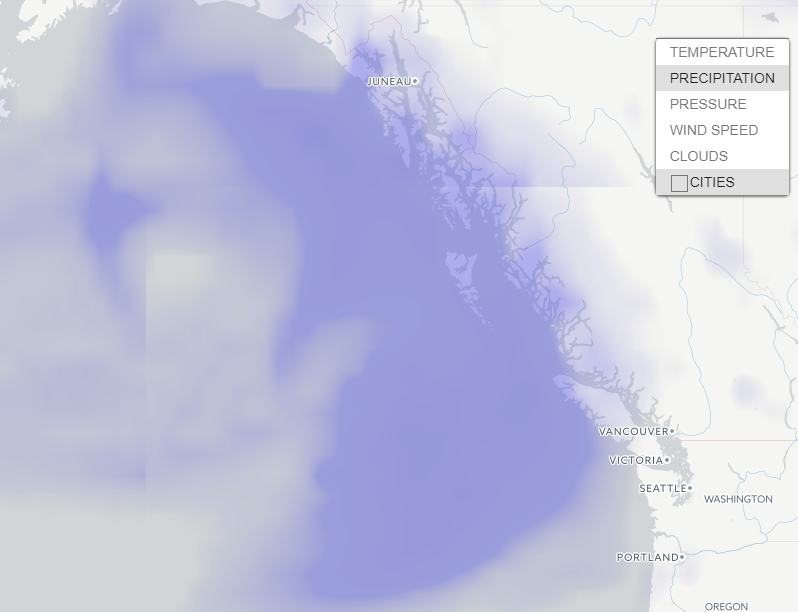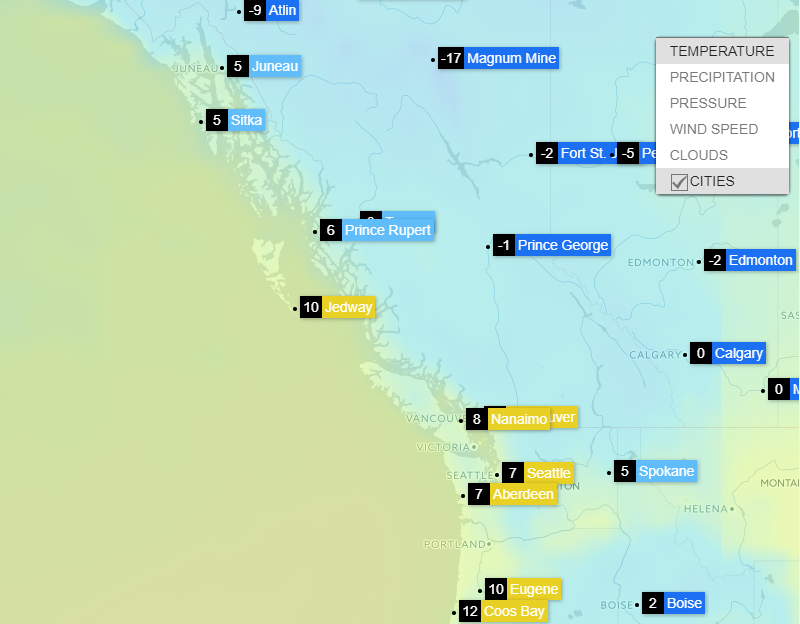Weather and climate conditions are some of the primary factors influencing the performance of renewable energy power plants, particularly the performance of photocells in solar batteries.
Weather factors.
Obviously, the intensity of solar radiation has the greatest effect. The efficiency of solar panels is reduced if solar radiation intensity is reduced or absent altogether.
Temperature
Solar batteries perform better at lower temperatures than in a hot climate. Electrical output may be more than normally efficient in winter, in temperatures below freezing.
Solar batteries perform better at lower temperatures than in a hot climate. Electrical output may be more than normally efficient in winter, in temperatures below freezing.
Cloud cover
Solar radiation reaching the earth’s surface decreases as cloud cover increases. Solar batteries receive maximum sunlight on cloudless days with direct rays of the sun. These are the peak hours when they will be producing the most energy. The light received decreases as the cloud cover increases. Solar batteries will produce minimum usable energy on heavily overcast days. The batteries will work at half their efficiency when there is enough light for objects on the ground to cast a shadow.
Solar radiation reaching the earth’s surface decreases as cloud cover increases. Solar batteries receive maximum sunlight on cloudless days with direct rays of the sun. These are the peak hours when they will be producing the most energy. The light received decreases as the cloud cover increases. Solar batteries will produce minimum usable energy on heavily overcast days. The batteries will work at half their efficiency when there is enough light for objects on the ground to cast a shadow.
Climatic conditions and topography.
To a considerable extent, climatic conditions depend on topography.Mountains, seas and oceans, large lakes and their location relative to each other exercise the greatest influence on the formation and behavior of clouds and on the temperature.This results in the amount of solar radiation in adjacent regions with different topographies varying radically. For example, mountains may get less solar radiation than neighboring foothills and plains. The amount of solar radiation in coastal areas may differ from inland figures.


Distribution of precipitation and temperature on the mountainous coast of Canada north of Vancouver
All these factors need to be taken into consideration in designing plant infrastructure for planning electrical consumption and load.This makes the accuracy, and hence the source, of weather data very important.
Relevance of data is not guaranteed by proximity to a meteorological station in regions with complex topography, such as in mountainous areas or simply areas with sharp changes in elevation.
At present, complex weather calculation models, which it has become possible to generate using modern technologies such as IoT, Cloud Services, and Big Data, are used to obtain accurate weather data.
At present, complex weather calculation models, which it has become possible to generate using modern technologies such as IoT, Cloud Services, and Big Data, are used to obtain accurate weather data.
OpenWeatherMap weather service is based on the VANE Geospatial Data Science platform for collecting, processing, and distributing information about our planet through easy to use tools and APIs.
We are collecting data from weather stations and forecasts of meteorological services and research laboratories, combining long-term and short-term forecasts with real-time data from weather stations, processing them and immediately updating current weather and forecasts in our API. Today we have more than 40,000 weather stations.
Data is stored in the VANE database and processing with our unique algorithms to create interpolated data of current weather conditions anywhere in the world, as well as into a variety of weather maps.
We are collecting data from weather stations and forecasts of meteorological services and research laboratories, combining long-term and short-term forecasts with real-time data from weather stations, processing them and immediately updating current weather and forecasts in our API. Today we have more than 40,000 weather stations.
Data is stored in the VANE database and processing with our unique algorithms to create interpolated data of current weather conditions anywhere in the world, as well as into a variety of weather maps.
Комментариев нет:
Отправить комментарий